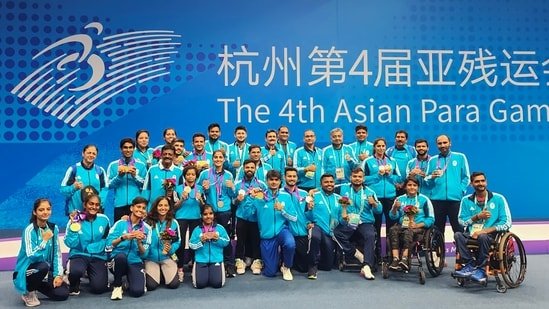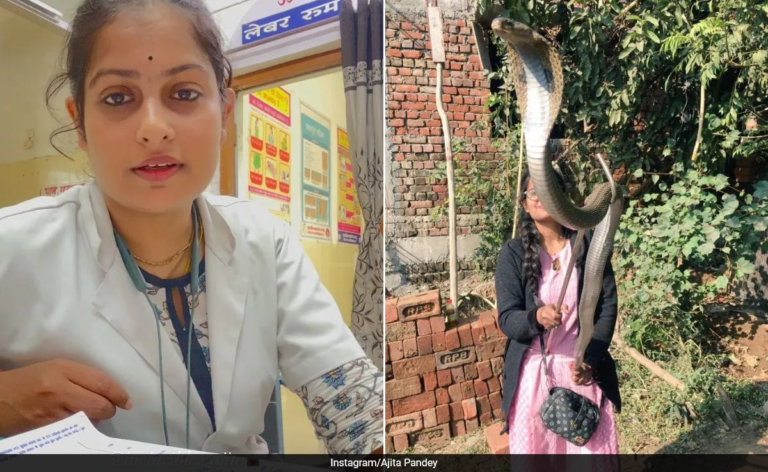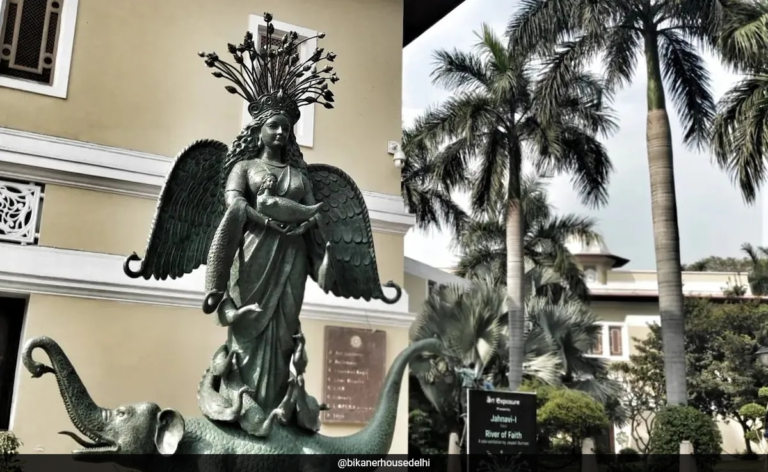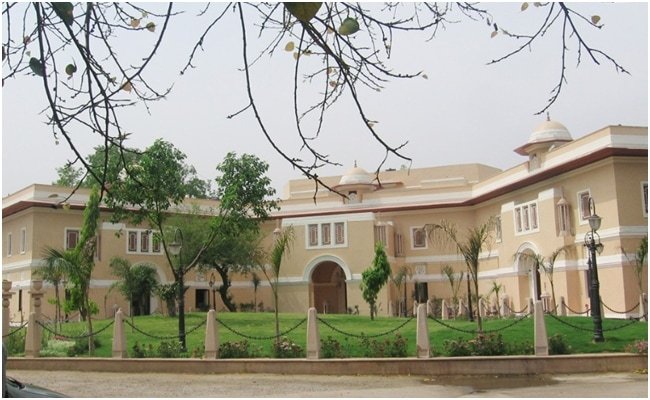
“Iss baar sau paar” was the ambitious catchphrase coined for India and its medal aspirations at the Asian Games this year. That has been achieved twice over in Hangzhou. The Indian contingent’s 111-medal haul at the Asian Para Games, its highest ever by a considerable stretch, carries as much significance and cause for celebration.

For a long time, para sport had largely been neglected in the country’s sporting ecosystem. At the 2008 Beijing Paralympics, for instance, India sent just five athletes and returned with zero medals. Eight years on in Rio, 19 Indian Paralympians brought home four medals, including two golds.
That would be just the start of the evolving footprint of para sport in India, which stamped its growing presence with a 19-medal show (including five golds) at the Tokyo Paralympics two years ago. The 111 medals and fifth-place finish at Hangzhou, up from 72 medals and the ninth rank in the 2018 edition, augurs well for India’s prospects at the upcoming Paris Paralympics.
India’s para athletes now have access to better training at the various Sports Authority of India centres, along with foreign exposure trips. More importantly, para sport is increasingly perceived as a career option for people with physical disabilities. Sumit Antil, India’s para javelin thrower who bettered his own world record in Hangzhou, typifies that. A budding wrestler before a road accident forced his left leg to be amputated, Antil slipped into a sea of negativity. Pushed by his mother, Antil got into para sport, a term he hadn’t even heard before which has now made him a Paralympic and Asian champion. There are plenty more such tales and talents out there.
 Subscribe today by clicking the link and stay updated with the latest news!” Click here!
Subscribe today by clicking the link and stay updated with the latest news!” Click here!Continue reading with HT Premium Subscription
Daily E Paper I Premium Articles I Brunch E Magazine I Daily Infographics








